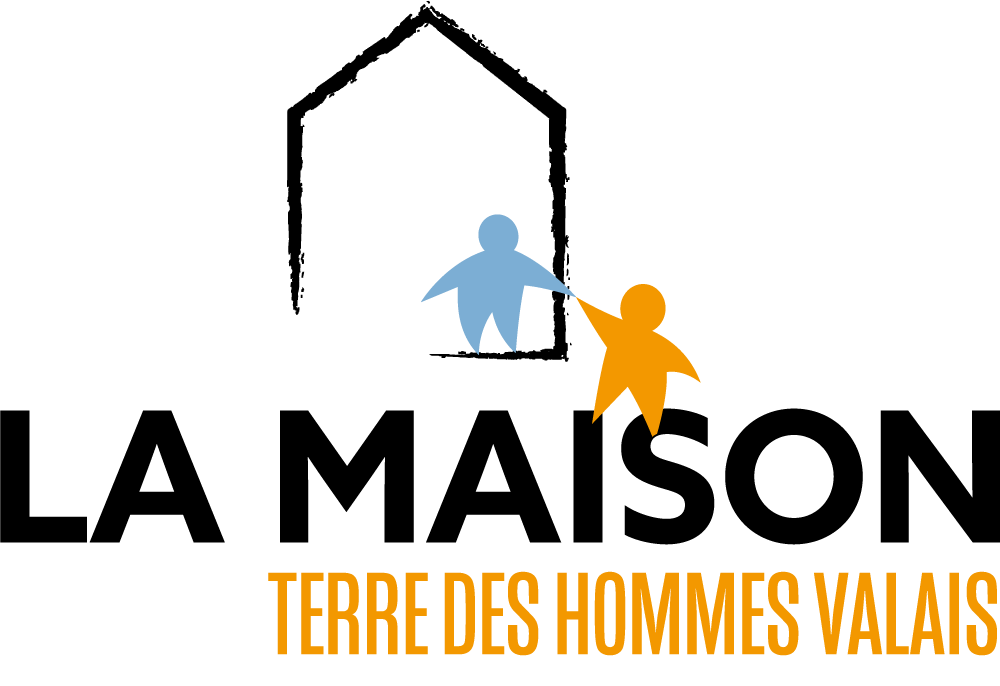120 years of volunteering between the three of them
written on the 16.10.2019We shed light on men who came across the children of Terre des hommes and became linked to them forever. Today, they continue to mark by their presence, year after year, La Maison of Terre des hommes.
At the start, Edmond Kaiser, who personally invested himself in the action to save sick, hurt, or overlooked children. First a few people sharing the same feeling of indignation, the same determination, the same love. Amongst them, Paul Veillon, founder of Terre des hommes Valais, figurehead of the movement. And then a growing crowd of anonymous people joining to fight against children’s distress.
Through generations, men and women have put to disposal their time, competencies and hearts to offer children of La Maison prospects of a better future. They are hundreds, full of energy, and with a unique purpose: helping children in need.
Without the determined commitment of the “pioneers of the beginning”, these engaged volunteers who welcomed a child in need of saving, La Maison would simply not exist.
Since 1970, when La Maison started welcoming children, so much has been achieved! La Maison was born from the will of a “group of work in Valais” formed in 1963 by Paul Veillon to take on a challenge. Because, if with regards to medical care in Switzerland, saving children meant getting an operation in the hospitals in Geneva or Lausanne, accommodating them was taking place in Valais. First within families, and then in La Maison.
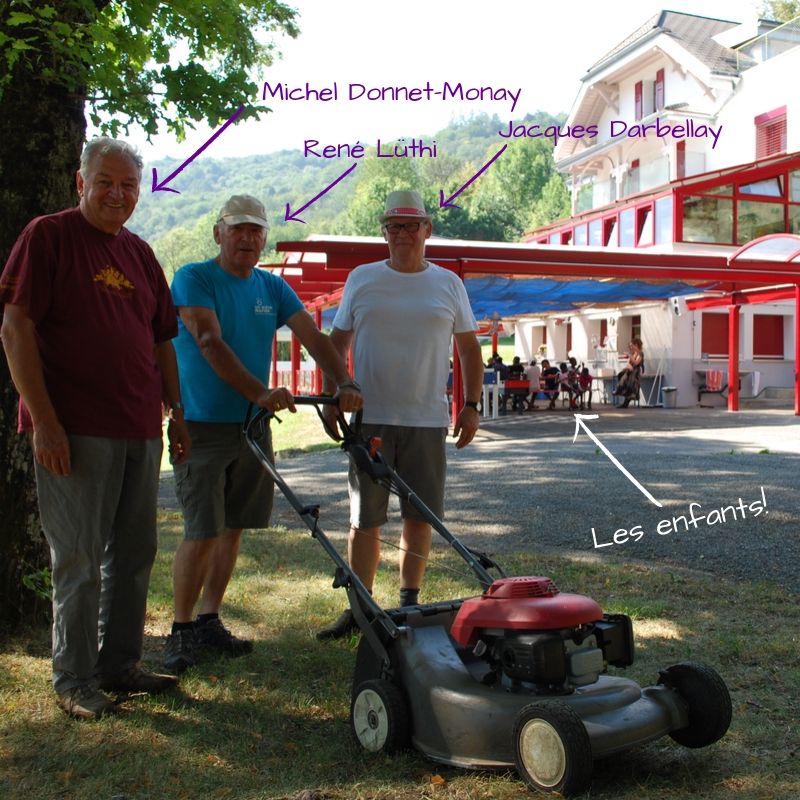
Volunteering is at the start of Terre des hommes Valais
We shed light on René Lüthi, Michel Donnet-Monay and Jacques Darbellay. Three men who have been investing themselves, in the shadow, for decades, for the distress of children is unbearable to them. Between the three of them, they reach 120 years of volunteering made of commitment and passion. Since the beginning of the Terre des hommes Valais movement, many things have changed in La Maison. New buildings, growing structures, renovations, physical and organisational changes. But the spirit and the mission remain. And La Maison is also a place where friends gather.
Terre des hommes Valais owes them a lot. The work they accomplish for the children deserves to be acknowledged and saluted. The solidarity and faithfulness of their engagement has been, and still is, an example of what can be accomplished with conviction, persistence and optimism for a cause we believe in, regardless of the obstacles and difficulties. Thanks to them for this example and their commitment. By giving to this humanitarian and human cause, they have marked, and continue to do so, La Maison, for a more human world.
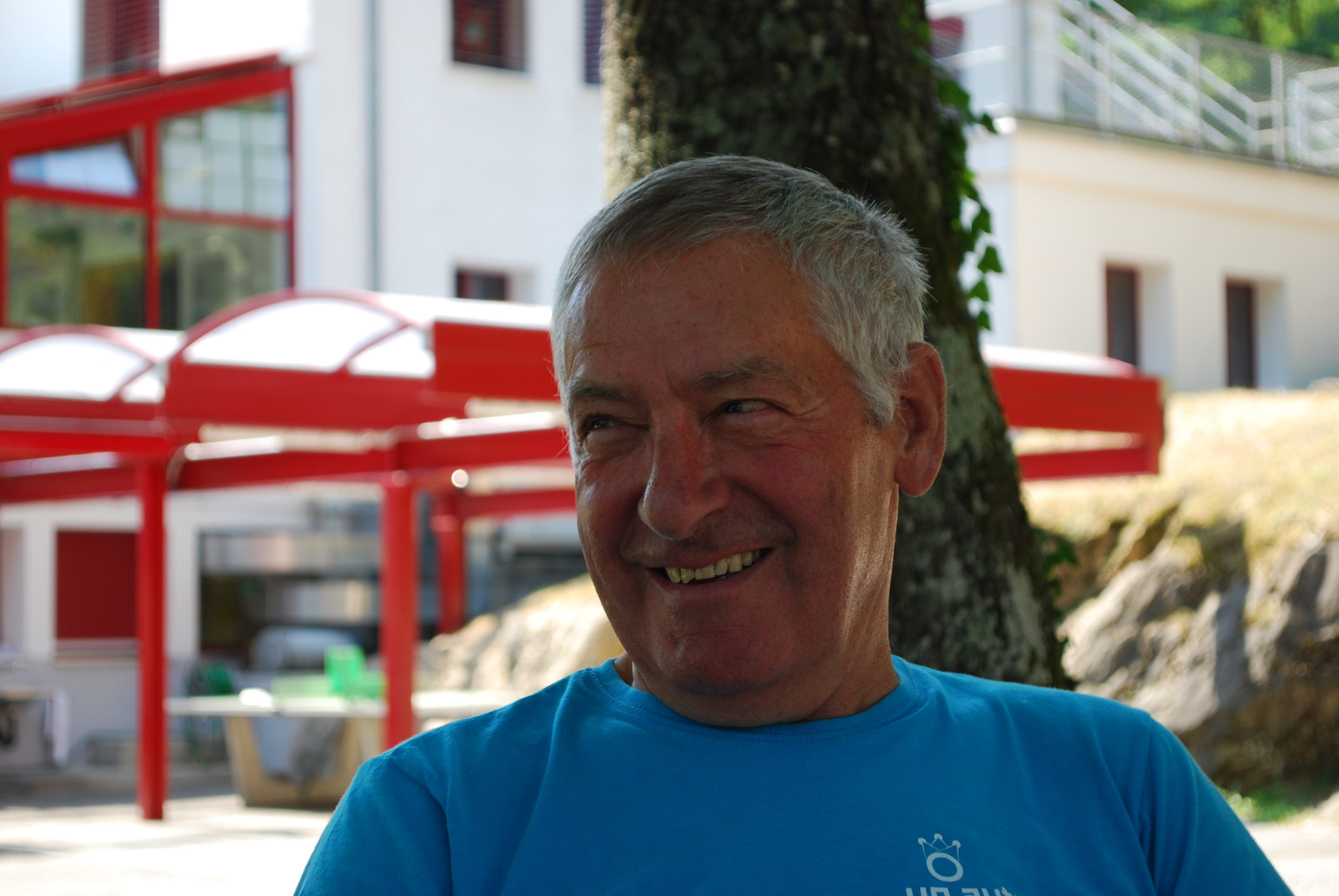
Member of the council between 1967 and 2012
“Volunteering brings me a lot of satisfaction. Giving is one thing, but what we get back is exceptional.”
René Lüthi, one of the first volunteers and living memory of Terre des hommes, was part of one of the families who welcomed children from the Terre des hommes programme between 1965 and 1971. He was part of the council of Terre des hommes Valais between 1967 and 2012.
How did you start caring about Terre des hommes’ action?
In 1959, during the war in Algeria, a documentary revealing the misery of a million Algerians profoundly upset Edmond Kaiser who decides then to create in 1960 Terre des hommes in Lausanne. Shortly after that, M. Kaiser brings to Switzerland about a hundred children from Algeria, some for holidays, and others to receive medical care. They are welcomed in families. In 1967, the council of Terre des hommes Valais, led by its founder Paul Veillon, is then composed of about 10 members. Terre des hommes is on a huge upswing, its action is restless. Already as a foster family, with my wife Denise, and then when I decided to join the council in April 1967.
Many still remember the arrival in Monthey of the Algerian children. At the time, a crucial problem emerges, welcoming them and sorting out their accommodation. What has been the biggest change in welcoming these children?
We quickly realised that linkages were arising between the children and the foster families. When the time came for children to head back home, the separations would become very difficult. I even, myself, accompanied a child back to Algeria in 1967. We were aware that we weren’t able to carry out a foster family type of welcome for the children.
The council of Terre des homme Valais decides then to buy a house on sale located above the town of Massongex and transform it into a structure able to care for and accommodate the children transferred to Switzerland. The renovation works start in 1968. Donations of material and money stream from everywhere. Companies accept to provide necessary material at a cheap price if not for free. I remember that, with a bunch of volunteers, we would come and help clean, empty the future home. We even tried to get rid of some of the rocks from the mountain in the basement, but they were more resistant than us… they’re still there!
It is certain that today, without La Maison, and without this fundamental change in the way of taking care of the children, these transfers would not exist anymore.
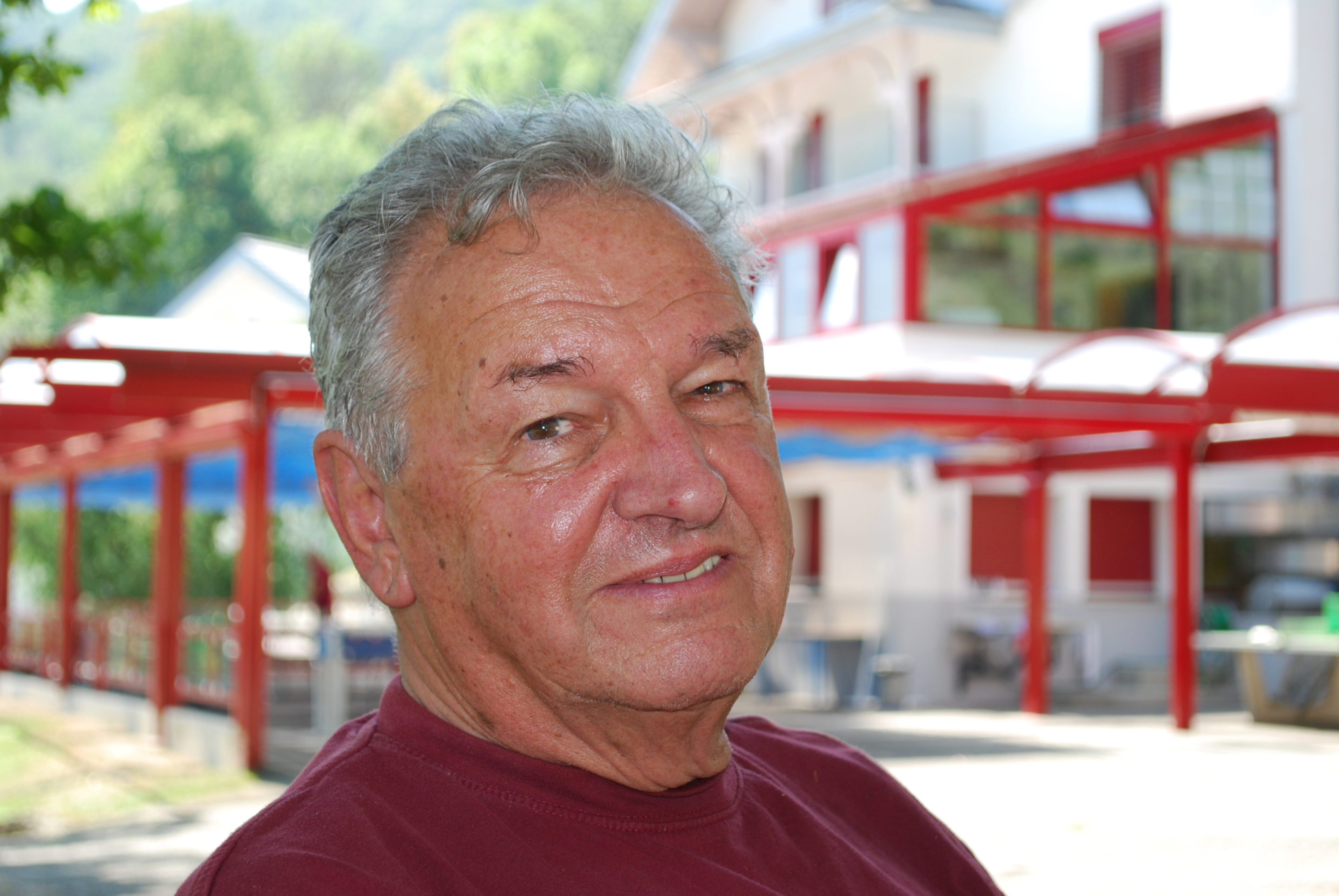
Member of the council from 2002 to 2012
President of the council from 2004 to 2012
“When we truly believe in something good, it happens.”
Main project: The renovation works of La Maison in 2010 and building a new infirmary.
Those who know him will tell you how optimistic he is. For him, being optimistic is having that little bit of craziness that enables to accomplish things in which no one else believes in. Michel joins the council in 2002. He accepts his presidency between 2004 and 2012. Taking on this role after people like Paul Veillon, Paul Guerraty and Hugo Italiano was not an easy task. His predecessors set the bar high. Michel will pour his heart into the task.
What is so particular about La Maison?
It is a permanent miracle that has allowed La Maison to be, develop itself and working with such enthusiasm. I joined a team of people who really wanted to do something. Each had a role and each would support the system. The friendships we created and we still create are priceless.
What was the biggest project led as president of the council?
The renovation works of La Maison in 2010 was an important step. It was the first-time consequent work was done since 1969. The budget was important, our finances were affected, and people from the council thought I was crazy. Yet, they all saw a sign of optimism in the large support we had and we got to work to build a new infirmary and renovate the whole building in itself.
Any encouragements?
Not only do we have to believe in it, but also, anything is possible.
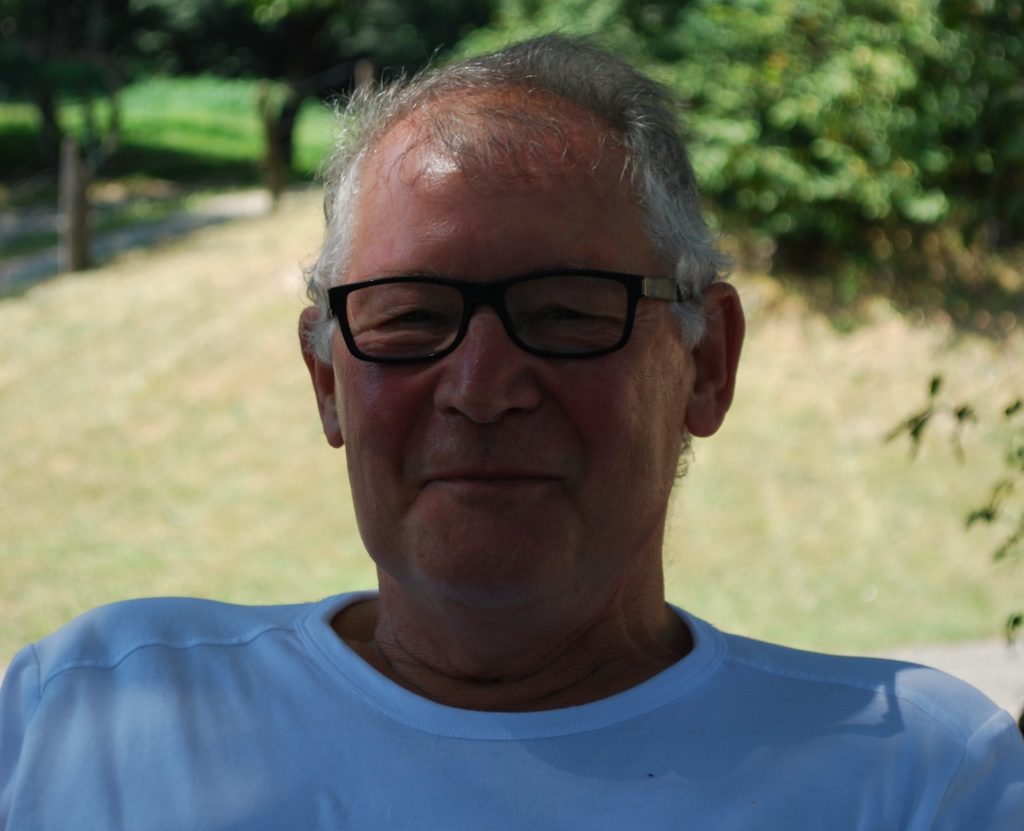
Member of the council between 1975 and 2015
President of the council from 2013 to 2015
“Once you’re in it, there’s no way to let go.”
Main project: Continuously working towards increasing the efficiency of La Maison
Jacques Darbellay took part intensely in nurturing La Maison since the 1970s’. He joined the council of Terre des hommes Valais in 1975. He actively took part in creating the structures of La Maison, from increasing the number of employees, to the professional quality, always more specialised and with higher standards. In the late 1980s’, he was the backbone of the functional restructuration of different services in order to care better for the children.
How did you encounter Terre des hommes?
As a child, I lived with children from Terre des hommes. In the 1960s’, my family welcomed children my age, an Algerian boy and a Tunisian girl. I had this idea of Terre des hommes, taking care of children in need. In 1973, when I was 22 and freshly married, I went to see André Barman, who was a member of the council of Terre des hommes. I told him, “if I can help, I’d be happy to do so”. I was expecting a bit of volunteering here and there, taking part in local actions. He told me “come on Thursday evening when the council is meeting…”. It started from there, and never stopped ever since.
La Maison, how did the new organisation draw itself?
From the start, we knew it was going to be difficult to make La Maison work. Fortunately, there was a lot of solidarity within the council. Each of us would add to something and respect the other. Once you’re in it, there’s no way to let go. Not only is it possible, but it’s very gratifying to put your competencies to the disposal of the children of La Maison.
